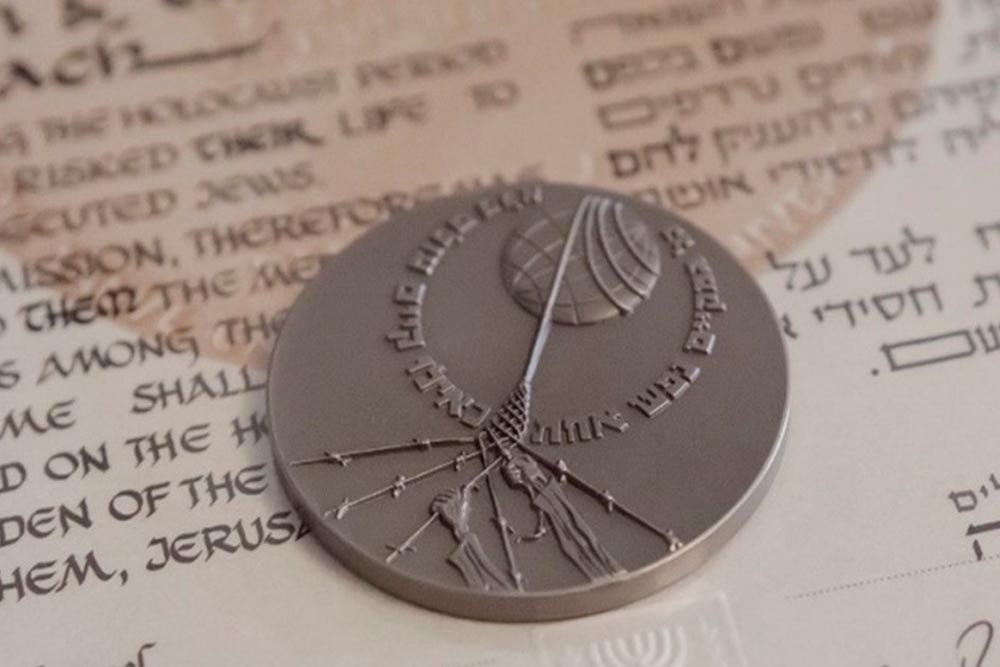Bank of Portraits / Kontsevych Tetiana and Hanna

Kontsevych Tetiana and Hanna
During the German-Soviet war, Tetiana Kontsevych, her daughter Hanna, and her son Yevhen lived in the village of Rai in the Ternopil region. Her husband Mykhailo was sent to forced labor in Germany by the Nazis.
While working at a local brick factory, the woman met Zeev Shotenberh. He was a tractor driver who transported bricks to the town of Berezhany. Once he asked Tetiana Vasylivna for food, because the Jews were fed very poorly. Despite the hardships, the woman fed both Zeev and his fellow tribesmen.
In the summer of 1943, on the eve of the liquidation of the Berezhany ghetto, Zeev Shotenberh unexpectedly appeared in the village with his wife Malka. He begged Tetiana to hide them. Later, the couple was joined by Malka's sister Hana Redlich and her son Shimon. All four of them hid in the Kontsevych’s home for a year, until the Nazis were expelled in July 1944. Once, it almost cost the life of the savior and her family.
Once, when Tetiana was not at home, the Germans came to her farm to take the hay that was stored in the attic. Realizing that they would now discover the Jews, her daughter Hannusia burst into tears and began to gesture to the uninvited guests, saying that her mother was not at home and that she would not give anything. Fortunately, Tetiana returned almost immediately, she herself threw a few bundles of hay to the Germans, and they, satisfied, left.
After the war, the Jews emigrated to Poland. Their connection with their saviors was interrupted for 40 years. Only in the 1980s, the professor of Jewish history Shimon Redlich, who lived in Israel at the time, found the descendants of the Ukrainian family of his rescuers.
In 1987, Yad Vashem recognized Tetiana Kontsevych as Righteous Among the Nations, and in 1998, her daughter Hanna also received this honorary title.
Svitlana Demchenko
Kyiv
The National Museum of the History of Ukraine in the Second World War
-
fingerprintArtefacts
-
theatersVideo
-
subjectLibrary
